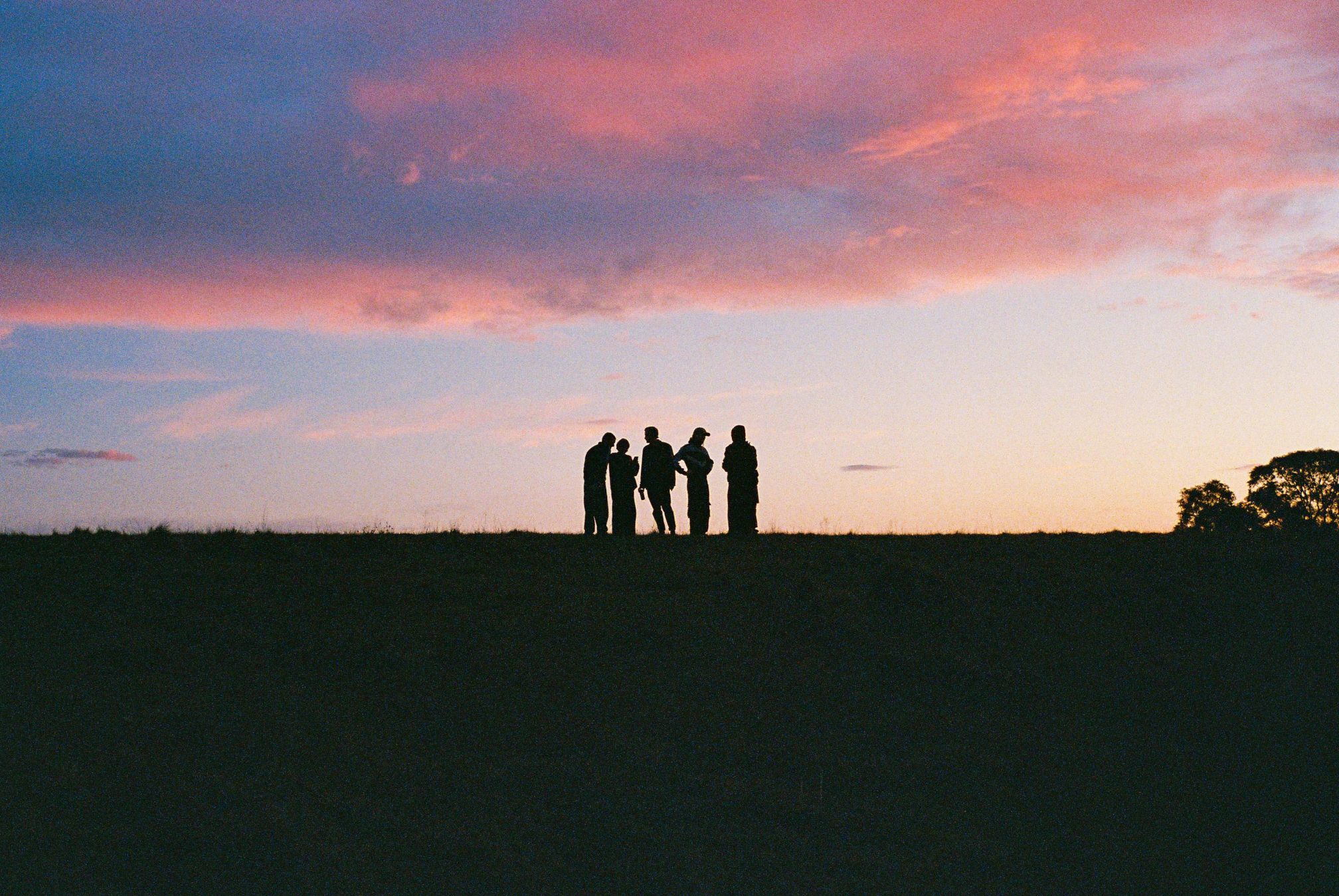 CULTURE
CULTURE
Photographer Spotlight: Distorted
Our latest photography spotlight sees us tapping a regularly face at some of the country's most intimate dance floors.
"It’s more important to click with people than click the shutter."
In lives spent perpetually online, almost every moment is becoming a social one. Much to the chagrin of older punters, and perhaps to the boredom of younger ones, photography at gigs has a conversation had time, and time, and time again.
We’re regularly seeing events through the lenses of people we’ve never met, living parasocially through the smiles, lights and grainy development of gigs we may never see.
This is especially true for more DIY events, where phones are both frowned upon and less easily powered, and the point and shoot camera has become a crucial tool in the arsenal of any particualrly dedicated doofer.
Tommy Green, also known by his photographer moniker Distorted, is an immediately recognisable figure on dance floor’s across Australia’s east coast, for this very reason and many more. Always smiling, excited and enthusiastic, Tommy’s photos exist much like he does, around people keen to share his space.
In our latest photographer spotlight, we caught a moment of Tommy’s time to understand where he draws the line between intimacy and oversaturation.
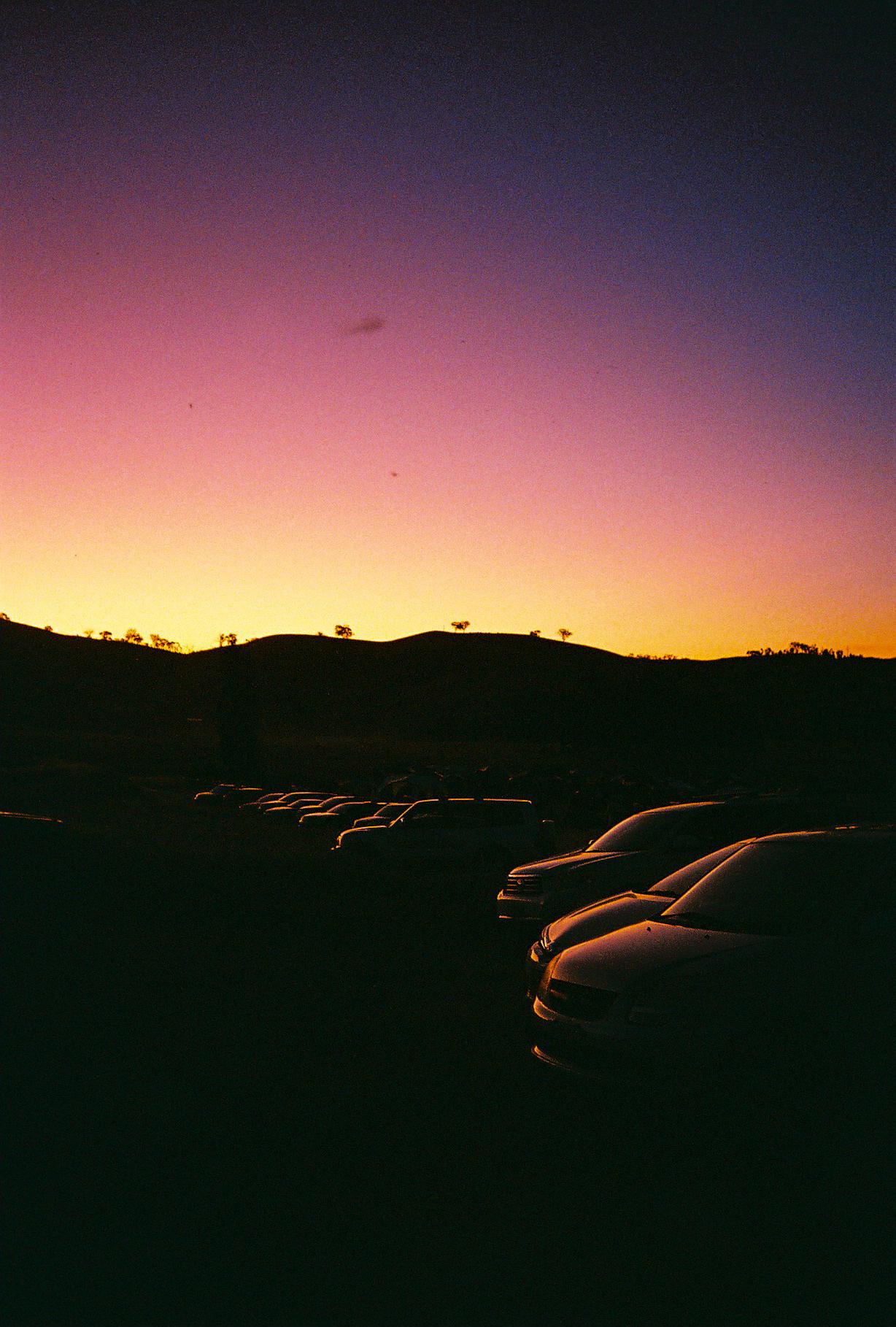
Q: How did you first get started doing photography?
TG: I've always been into taking photos of things that caught my eye, usually on my phone or using my mum's camera, but what really pulled me in was when I came across these nostalgic looking photos online. At first, I thought they were actually old, but then I realised they'd been taken recently. That kind of blew my mind. There was just something so enticing about them and I had to know more. I found out they were shot on film, which I didn't even realise people still used.
That sparked everything for me. I started digging deeper and found out film photography was actually making a bit of a comeback. Turns out all these old cameras from the '70s, '80s, '90s-even early 2000s-were still around and pretty affordable at the time. I ended up getting my first 35mm film camera and instantly fell in love with the whole process, that same camera is still with me today.
What started as curiosity turned into a bit of an obsession.
Q: Your photos are regularly focused on people at events. Characters, costumes, and situations often capture the lesser-seen moments in between the bigger ones. Why do you hone in on this part of the gigs you go to?
TG: I’m drawn to the moments in between. The real, unfiltered bits that most people might miss. Big sound systems, lights and DJs bring people together, sure, but it's what happens on the dance floor that tells the real story.
I'm interested in the raw emotion, the connections, the quirky outfits, the way people fully let go and be themselves. That's the heart of these events. The music sets the atmosphere, but it's the people, their joy, their expression, the liberation, that’s what’s worth capturing.
Years from now, I want someone to look at a photo I took and feel like they're right back in that moment.
Q: What is it about dance music that you think is so interesting to photograph?
TG: For me, it's just genuinely fun. I feel super lucky to be able to combine two of my favourite things, music and photography in a way that feels natural. There's something really exciting about being in the middle of it all, moving with the crowd, feeling the energy, and catching those raw, fleeting moments.
It's like shooting from the inside out, intuitive, spontaneous, and always changing.
What makes dance music really interesting, especially in the DIY and underground scenes, is how expressive it all is. Every event is full of creativity. Through the outfits, the movement, the nocturne, the sound - each coming from different people, all feeding the same space. I'm drawn to the bits most people don't notice or don't think to document, I believe they shape the whole experience.
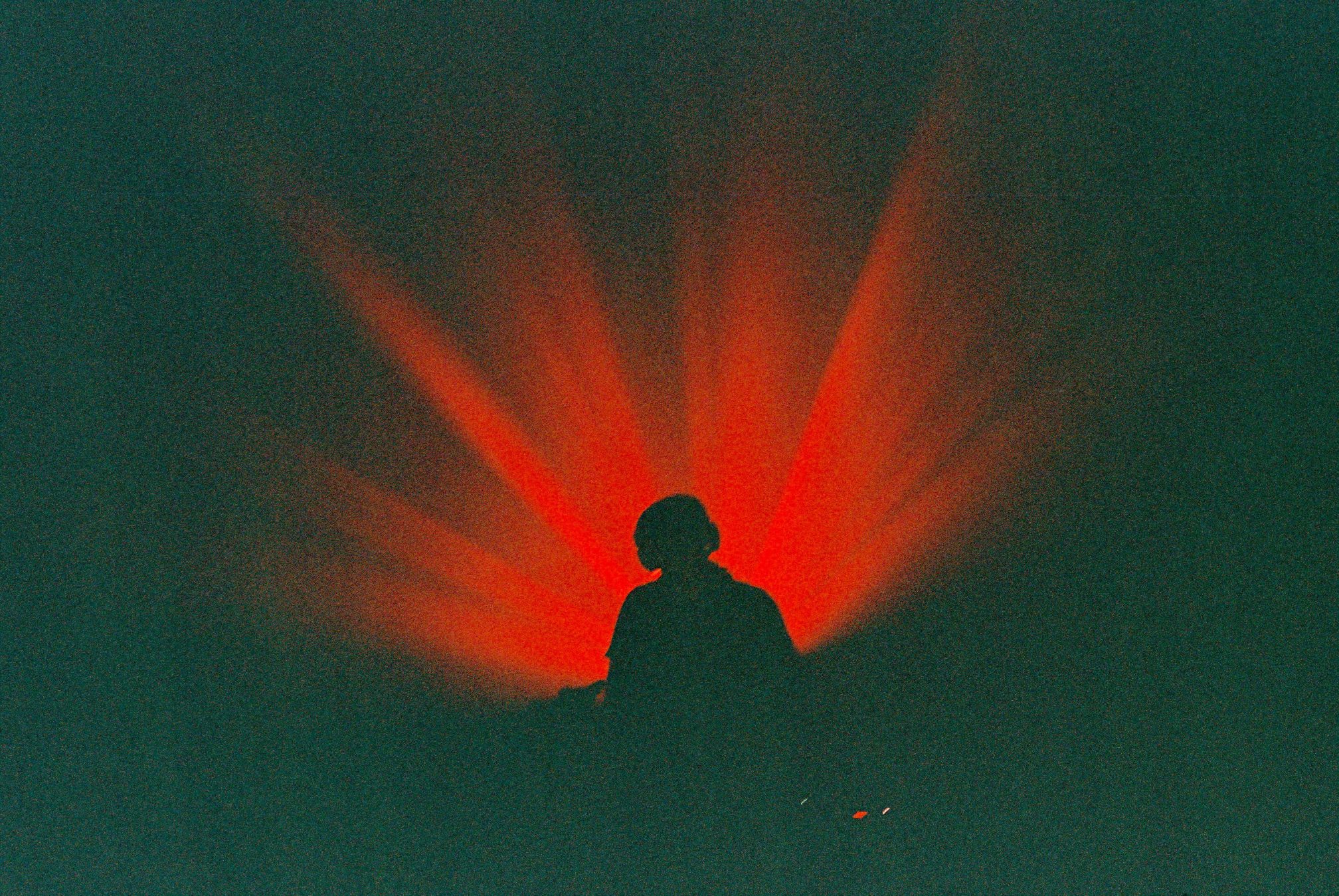
Q: How does photographing dance music contrast with the rest of your work?
TG: They basically go hand in hand and mirror each other quite well. Photographing dance music feels like a natural progression of how I see the world. I started out shooting street, travel and documentary type photography, just being drawn to real people, real moments, and whatever caught my eye.
That same instinct carries into dance spaces.
The setting is different, but it's still about finding something raw and beautiful in the chaos. I also shoot commercial and campaign work through @tommy_greenn, which is a contrast in pace but just as creatively rewarding. It lets me slow down, build an idea out more deliberately, and play with different aesthetics. I love pulling bits of my street or dance influences into those shoots too, it keeps the work feeling honest, textured, and a little unexpected.
Jumping between those two worlds keeps me inspired.
Q: Photography in dance spaces is a contentious issue. People are often told to “put their phones down”, with many spaces not even allowing photography. What’s your take on this consistently contentious issue?
TG: Honestly, I get why people are told to put their phones down. There's something powerful about being fully present in the moment. As a photographer, I think it's beautiful when people are just immersed in the music, the movement, and the connections around them. I don't see myself as someone just taking pictures, l'm there to document the emotion of a space in a way phones often can't, so people can actually live it in the moment, and then relive it later.
There's something special about seeing a photo days later that captures the atmosphere so clearly it can take you right back. Ideally, people can trust photographers to hold that space so they don't feel like they have to document it all themselves. That said, phones are an extension of us now so I get it, it's not always easy to let go. I just hope more people feel safe and inspired to be in the moment.
Q: Is photography the enemy of keeping something secure, safe, and protected?
TG: I understand why some people feel photography can be invasive, especially when it's about snapping everything, sharing it everywhere, or chasing clout. I respect that. That kind of energy can definitely mess with the safety and intimacy of a space.
Through Distorted, l try to approach photography from a place of intention, and respect for the culture. Shooting on film slows things down. I can't just shoot a thousand photos so each frame has to matter, plus it looks like it can be from any era. I try to move fluidly, connect with people, and only take photos that feel true, often after building a relationship over time.
Done right, I think photography can help protect a moment, not expose it. It keeps the memory, the feeling, the connection alive in a way our minds sometimes can't.
I'm not sharing things everywhere or making it about me. It's more like a visual scrapbook for the community. There's always more to learn, and I'm constantly adapting. But for me, this is about documenting something real - not to take from it, but to honour it.
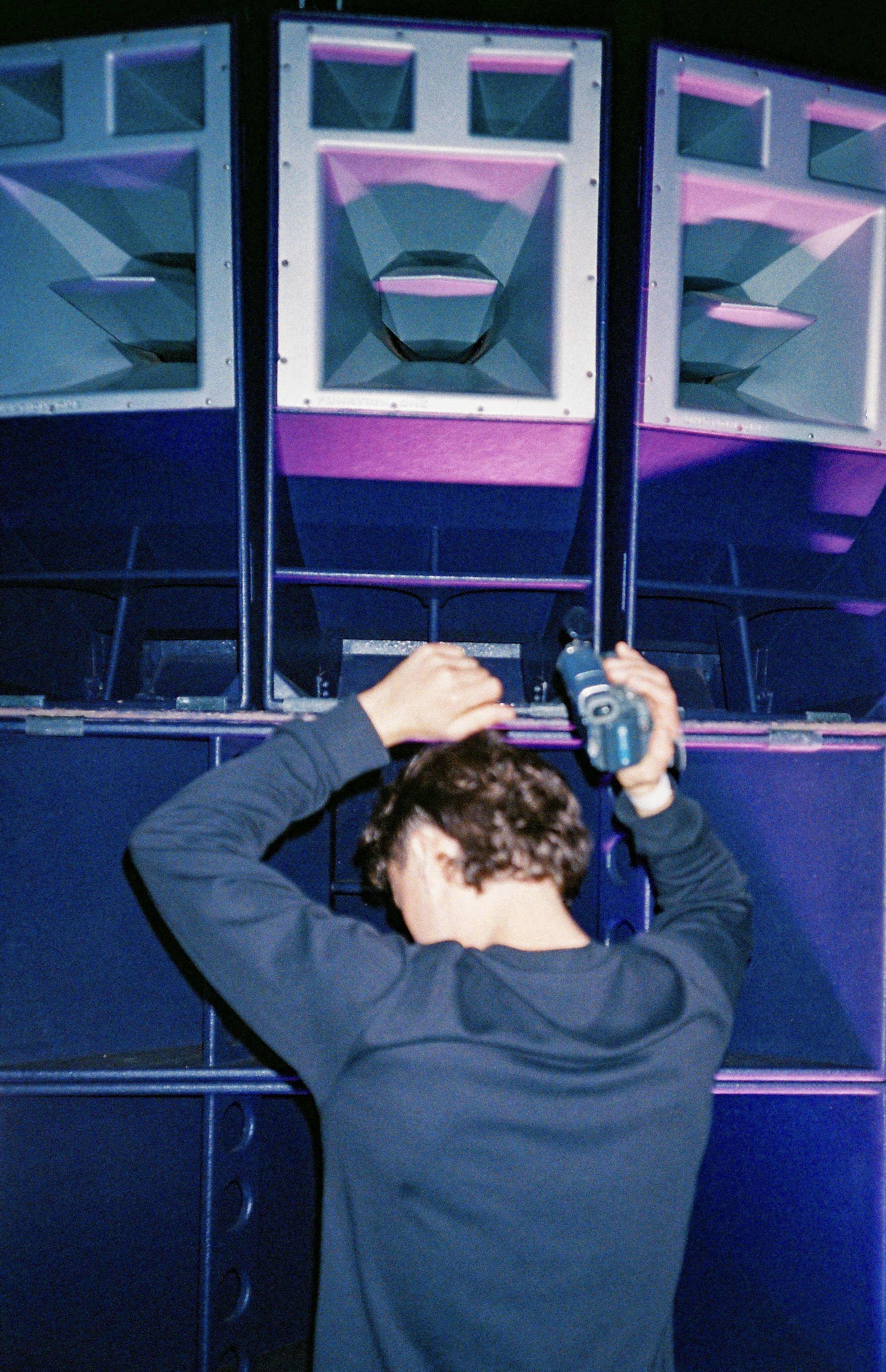
Q: What are some of the best gigs you've photographed, and why?
TG: The open-air events have stuck with me the most, like Outsider, Soma, Realm and Ballista. There's something about heavy sound systems fusing with untouched bushland that just hits different. Documenting those moments surrounded by nature, mates, and pure energy is something else. You're grounded by the environment, but the music sends you somewhere completely otherworldly.
These spaces connect people in a way that's hard to explain. I think the unique Australian sound really shines at these gatherings also, you can feel it evolving in real time. These festivals celebrate that growth. And watching people shift over a few days is wild, starting out low-key, then by day three they're full gremlin mode, dancing barefoot in the dust. It's so sick to witness.
The journey from sunset to sunrise, calm to overdrive, is unmatched. It's a full story unfolding in real time, and being in the middle of it, capturing it as it happens, is honestly second to none.
Q: We live in a world now almost entirely dominated by visual mediums. What do you think the future of photography looks like?
TG: We're living in such a visual world now, and I think photography will keep evolving with that. Al is definitely going to be part of it, but I also think people are going to crave more of the real, human-made stuff.
I can see a future where there's a way to tell whether a photo was made by Al or by a person. Same kind of thing how people are going back to film, even though phones take incredible photos. There's something about not knowing exactly how a shot will turn out-and having to wait to see it-that makes it feel more meaningful. That's something Al can't really replicate.
Q: What advice would you give to wannabe photographers?
TG: Follow your intuition, notice the unnoticed, smile and connect with people as much as possible.
It’s more important to click with people than click the shutter.
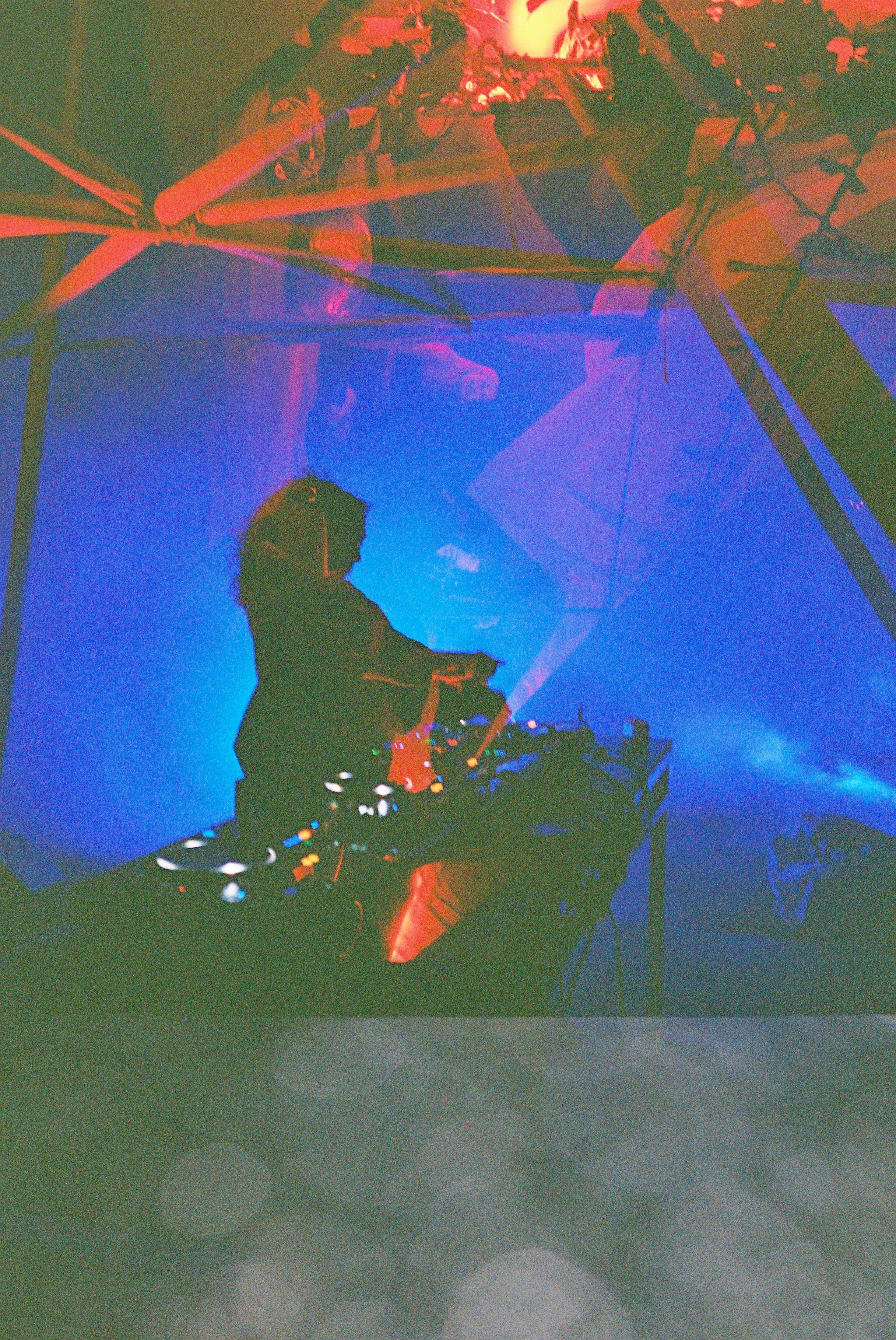
-
Jack Colquhoun is Mixmag ANZ's Managing Editor. Find him on Instagram.


